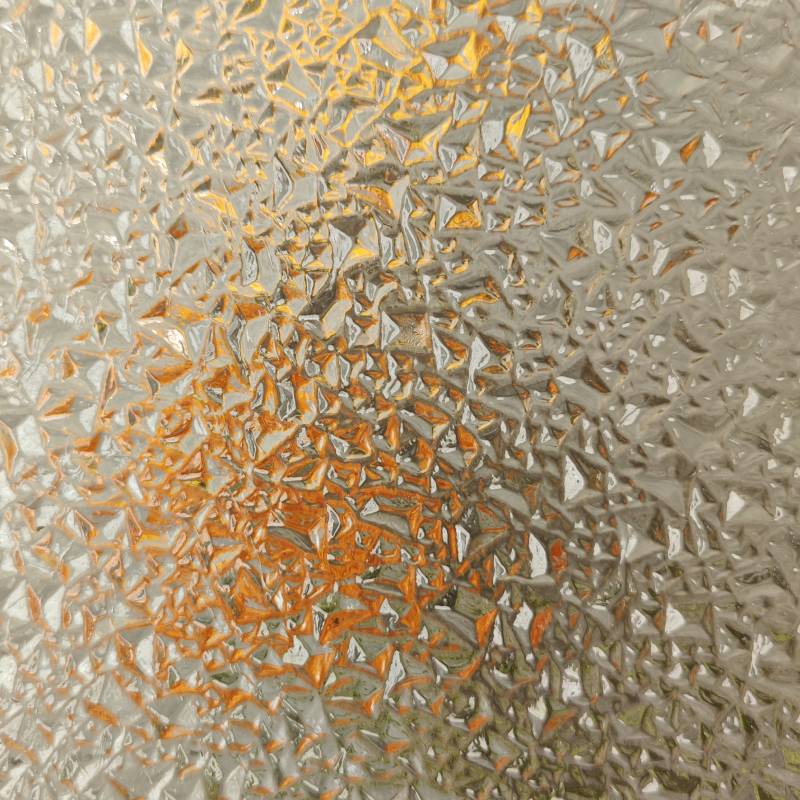

Understanding Double Tempered Glass A Multifaceted Architectural Solution
Double tempered glass, often referred to as heat-treated or safety glass, is a modern building material that has gained significant popularity in architectural design and construction due to its enhanced strength and thermal stability. This unique type of glass is processed through controlled heating and rapid cooling, transforming it into a highly durable material suitable for a variety of applications—from exterior facades to interior partitions. In this article, we will explore the characteristics, benefits, and applications of double tempered glass.
The Manufacturing Process
The manufacturing of double tempered glass is a precise process that begins with standard float glass. This glass is cut to the desired size, cleaned, and then heated in a tempering furnace to temperatures of over 600°C (1112°F). Once it reaches the required temperature, the glass is rapidly cooled using high-pressure air. This quick cooling not only increases its strength but also puts the outer surface into compression while the core remains in tension, making it significantly more robust than regular glass.
A double tempering process can refer to the use of two layers of heat-treated glass bonded together with an interlayer, usually made from polyvinyl butyral (PVB) or ethylene-vinyl acetate (EVA). This additional stage enhances its impact resistance and safety features, preventing shattering upon breakage.
Benefits of Double Tempered Glass
1. Increased Strength Double tempered glass is about five to six times stronger than standard glass of the same thickness. This makes it an ideal choice for areas where high impact resistance is required, such as facades, doors, and windows.
2. Thermal Stability The glass can withstand significant temperature fluctuations without deforming or breaking. This is particularly advantageous in climates with extreme temperature changes, providing durability and reducing the risk of thermal stress fractures.
3. Safety Features When broken, double tempered glass shatters into small, blunt pieces rather than sharp shards, reducing the risk of injury. Its laminated nature also ensures that the glass holds together, preventing pieces from falling freely, further enhancing safety in both residential and commercial settings.
4. Energy Efficiency Double tempered glass can be manufactured with low-emissivity (Low-E) coatings that reflect infrared light, keeping buildings cooler in summer and reducing heating costs in winter. This energy-efficient property contributes to sustainable building practices.

5. Aesthetic Versatility Available in various thicknesses, colors, and finishes, double tempered glass allows architects and designers to create visually striking structures while maintaining structural integrity. The glass can also be manufactured to reduce glare and UV radiation, enhancing the comfort of occupants.
Applications in Architecture
The versatility of double tempered glass makes it suitable for a wide range of architectural applications. Some common uses include
- Curtain Walls Employed in modern skyscrapers, double tempered glass provides a sleek, professional appearance while functioning as an energy-efficient envelope for the building.
- Balustrades and Railings Its strength and safety features make it a popular choice for outdoor and indoor railings, providing both safety and transparency.
- Shower Enclosures Double tempered glass is ideal for shower doors and partitions, offering a clean, modern aesthetic along with enhanced durability.
- Windows and Doors Many residential and commercial properties utilize double tempered glass for windows and doors, benefiting from its thermal protection and safety attributes.
Conclusion
Double tempered glass represents a significant advancement in glass technology, marrying strength, safety, and aesthetic appeal. As architects continue to push the boundaries of design, the demand for innovative building materials like double tempered glass will only grow. Understanding its properties and applications not only helps in selecting the right materials for construction projects but also contributes to creating safer, more sustainable environments. As we move forward, the role of double tempered glass in architecture will undoubtedly be pivotal in shaping our built environment.